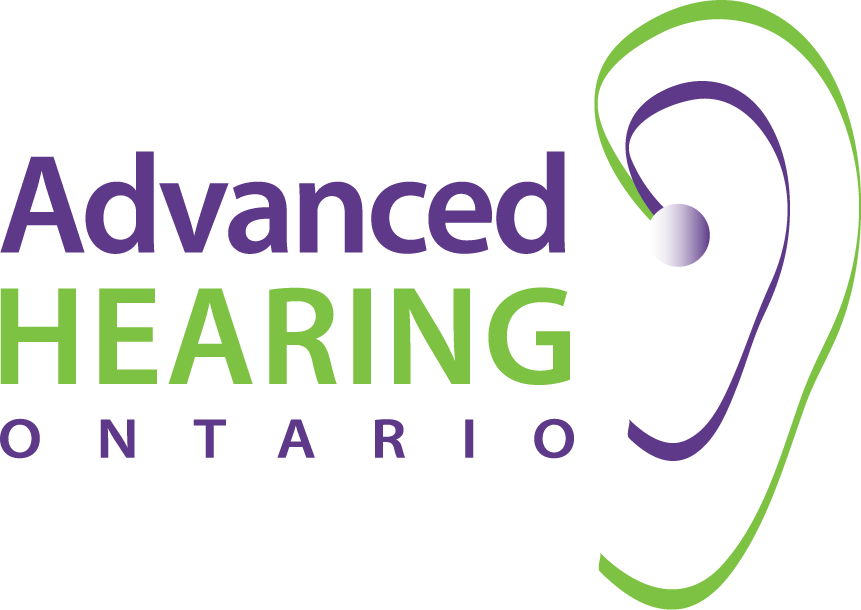Hearing Tests
Advanced Hearing Ontario provides hearing tests for all ages.
*Infants and children under 5 years of age, may need to be booked at a specific location. Please call for more information. Contact Us.
The conventional battery of tests includes:
A special probe measures battery drain and transducer functionality, as well as volume control and circuit integrity.

“A typical audiogram comparing normal and impaired hearing. The dip or notch at 4 kHz as shown, or at 6 kHz, is a symptom of noise-induced hearing loss.”
Acoustic Immittance will be measured by an inserted probe tip. The test is automatic and you have nothing to do. Stapedial reflexes will also be measured. The main purpose is to assess middle ear function. Results are plotted on a graph called Tympanogram.

Type A tympanogram. Type AD has a high peak height. The middle curve is normal. Type AS has a reduced peak height.
How Do We Test Children?
For children, it is important to have a diagnostic audiological evaluation whenever a hearing loss is suspected. Early identification and management of a hearing loss is the key to successful communication, social and educational development for the child.
Visual Reinforcement
Audiometry is used with children aged approximately 6 months to 2 ½ to 3 years. Sounds are presented to the child either through small earphones or speakers and their responses are observed by the audiologist.
Play Audiometry is used with children aged approximately 3 years to 5 years. Sounds are presented to the child through small earphones and they are taught to complete a play action (such as placing a peg in pegboard) whenever they hear a sound.
The audiologist may also perform otoscopy (examining the ear canal) and tympanometry (test of the middle ear) to determine the health of the ear canal and the middle ear.
Other specialized tests may be used for infants and young children, as well as children and adults with developmental and cognitive impairments. These more-specialized tests are automatic and allow the audiologist to test patient’s hearing when they are not able to actively participate in the tests or evaluation.
Other tests may include:
- Auditory brainstem response (ABR)
- Otoacoustic emissions (OAE)
These test are used for children up to approximately 6 months of age and require a referral through the provincial Ministry of Health Infant Hearing Program.
After the evaluation, you should generally expect to have time to review the results with the audiologist. He or she can interpret the tests for you, answer your questions, provide you with information and referrals as needed, as well as begin planning for treatment, if indicated.
Audiologists are specialists in hearing and hearing rehabilitation. Never hesitate to ask your audiologist for clarification or further information on anything you do not understand
What to Expect on Your First Visit
Get to Know You & Understand Your Symptoms
Discuss Your Treatment Goals & Medical History
Determine Your Stage of Hearing Loss/Tinnitus
Answer All of Your Questions or Concerns
Begin a Custom Treatment Plan
Advanced Hearing Ontario is Family-Owned Since 1987
Ajax Ontario
Address: 75 Bayly St. W. Unit 5, Ajax, ON L1S7K7
Phone: (365) 300-1844
Pickering Ontario
Address: 1855 Glenanna Rd. Suite 104, Pickering, ON L1V6R6
Phone: (365) 300-1664
Whitby Ontario
Address: 1032 Brock St. S. Unit 4, Whitby, ON L1N4L8
Phone: (365) 799-5285
Oshawa Ontario
Address: 580 King St W. Unit 1A, Oshawa, ON L1J 7J1
Phone: (365) 799-5279
Uxbridge Ontario
Address: 2 Douglas Rd. Unit A50, Uxbridge, ON L9P 1S9
Phone: (365) 300-8466





